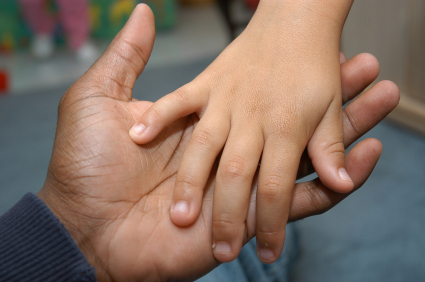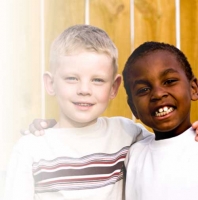Vulnerable Infants and Children course for Nurses


This session will look at types of vulnerability that you are likely to encounter in children and young people you see in your everyday practice. It links in closely with the previous module Family health and with the modules ahead. It should encourage you to think of child vulnerability in a broad and thoughtful way.
Learning objectives
By the end of this session you will be able to:
- Explain what is meant by ‘vulnerable’ and list four categories of vulnerability factors
- List three factors which make a child vulnerable and the effects they can have on a child
- Explain the importance of early intervention in improving outcomes
- Outline some of the challenges of providing child health promotion services to vulnerable children and give examples of strategies for overcoming these challenges
Due to their age, a child will always be more at risk of coming to harm in adverse circumstances due to their limited capacity for self-protection. These factors may be multiple and interplay to increase the risk to the child further, which we will explore in this session.
Identifying vulnerable children is important in order to improve outcomes through early intervention and prevent problems from escalating and the child coming to harm.
Dr Andrea Goddard is a consultant paediatrician at St Mary’s Hospital, Paddington and clinical lead for child protection at Imperial College Healthcare NHS Trust.
She is also Honorary Senior Lecturer at the Faculty of Medicine, Imperial College, London and Designated Doctor for Child Protection for NHS Westminster and Lead Paediatrician for the three London Sexual Assault Referral Centres.
Her interest in social paediatrics and child maltreatment is complemented by an interest in adolescent health and child rights.

- Anaesthesia | Trauma | Management of life-threaten...
- Posted By eIntegrity Healthcare e-Learning
- Posted Date: 2024-11-18
- Location:Online
- Assessment and treatment of life-threatening thoracic injuries.
- Anaesthesia | Trauma | Circulatory shock in trauma...
- Posted By eIntegrity Healthcare e-Learning
- Posted Date: 2024-11-18
- Location:Online
- This session describes the clinical features and physiological responses to traumatic haemorrhagic shock. It also summarises the current understanding of the underlying pathophysiology and approaches to the management of these critically unwell patients.
- Anaesthesia | Trauma | Thoracolumbar spinal injuri...
- Posted By eIntegrity Healthcare e-Learning
- Posted Date: 2024-11-18
- Location:Online
- This session describes the pathophysiology surrounding thoracolumbar spine injury, the physiological consequences of such trauma and the management of unstable injury.
- Anaesthesia | Trauma | Management and effects of r...
- Posted By eIntegrity Healthcare e-Learning
- Posted Date: 2024-11-18
- Location:Online
- This session reviews the physiology relevant to intracranial pressure (ICP) and describes the causes and effects of raised ICP. Techniques of ICP monitoring and the use of ICP- and cerebral-perfusion-pressure-guided therapies are discussed.
- Anaesthesia | Trauma | Traumatic brain injury: an ...
- Posted By eIntegrity Healthcare e-Learning
- Posted Date: 2024-11-18
- Location:Online
- This session contains a link to the BJA Education article followed by a series of self assessment multiple choice questions.<br><br>The article will open in a new window or tab depending on your browser.<br><br> CPD credits are awarded by the RCoA for the







